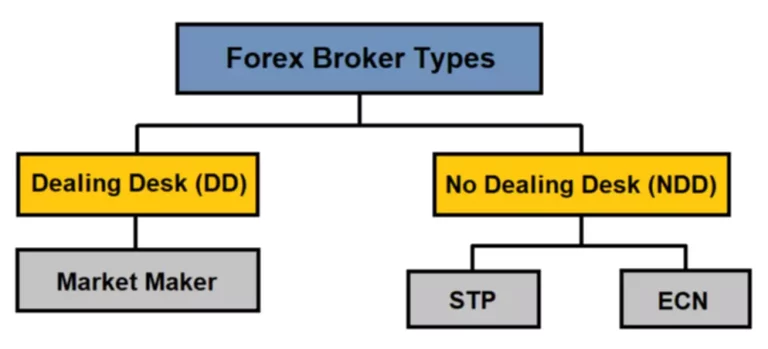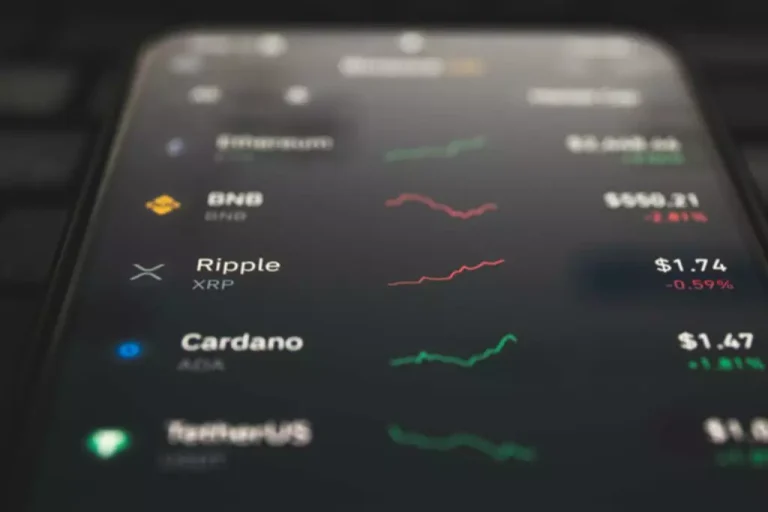Content
IDOs were introduced to address challenges posed by ICOs, offering teams a way https://www.xcritical.com/ to involve investors more directly in their projects. The lower entry barriers provided by IDOs are advantageous, enabling deserving projects that may struggle with other fundraising methods to access capital. A project launching an IDO must first select a DEX to host the token sale. The term “launchpad” refers to a crowdfunding platform that facilitates IDOs by bootstrapping liquidity, provides startups with marketing services, and offers tech stacks or code bases to build on. Cryptocurrency projects who implement IDOs receive individual investments, just like startups when they receive venture capital from investors.
Crypto Launches Explained: ICO vs. IDO vs. IEO
The wide majority of IDOs will require their investors to end up going through a initial dex offering development Know Your Customer (KYC) and Anti-money laundering (AML) procedure prior to allowing them to participate. This is done because of the regulatory framework set in place for cryptocurrencies in the majority of countries. To avoid legislative issues, almost all of the IDO projects will conduct these procedures. This is also the main reason why US citizens will typically, very rarely, be allowed to participate.
Initial DEX Offering (IDO): Overview, How It Works, Benefits, and How to Launch a Cryptocurrency IDO
Interested investors can buy into an initial coin offering to receive a new cryptocurrency tokenissued by the company. This token may have some utility related to the product or service that forex crm the company is offering or represent a stake in the company or project. IEOs (initial exchange offerings) involve a project selling its token to the public through a centralized crypto exchange instead of a DEX.
How Is an IDO Different from an ICO and IEO?
Therefore, in the near future, an alternative fundraising model, STO (Security Token Offering), is expected to grow in popularity. This involves the issuance of security tokens that represent ownership of the underlying asset and comply with generally accepted financial standards. However, unlike ICOs, IEO participants do not send money through a smart contract. Instead, they create an exchange account and deposit funds into their exchange wallets.
How to Launch a Token on a DEX: Step-by-Step Guide

Finally, to ensure your token’s long-term viability, you must provide sufficient liquidity on exchanges. An Initial DEX Offering (IDO) or Initial DEX Offering is a fundraising method, through which a project launches a token through a DEX, or in other words, a decentralized Exchange. IDOs can be created for an immense variety of projects, from a cryptocurrency to the creation of the token for a startup that offers tokenized real estate 😉. An initial DEX offering (IDO) is a fundraising method aggregating investment capital from individual investors. In an ICO, or initial coin offering, a crypto project sells tokens to investors directly using a mechanism like a crypto presale.
Investors must be a member of the centralized exchange that is holding the IEO in order to buy tokens. Often, only investors who also own the exchange’s native token can qualify to join an IEO. In contrast, anyone with a crypto wallet can connect to a DEX and join an IDO (although some IDO sources do require whitelisting). For many types of IDO, participation is limited to investors who sign up ahead of time.

Potential investors and customers of startup projects also face centralized controls and restrictions when participating in a token sale launched through an IEO. This means that they must deposit funds into a CEX and complete KYC just to buy the token they want. Immediate liquidity provided by DEXs is one of the main reasons IDOs work. Many projects in IDOs also use the proof-of-stake (PoS) consensus mechanism to discourage crypto investors from selling too soon. The PoS system involves investors holding their capital, and in return, investors accrue rewards for their stake in the blockchain network.
This is why some platforms have slowly moved to other token distribution models, such as the aforementioned guaranteed allocations model. It’s important that we go over the history of all of these as a means of truly grasping what IDO’s actually represent. The first Initial Coin Offering (ICO) was essentially known as the Mastercoin ICO. At this point in time, in 2014, Ethereum raised money with a token sale and managed to get 3,700 BTC in the first 12 hours.

Alternatively, availability and circulation may have been limited by the organization behind the project. For example, a coin may have already been minable but was then only available to miners. ICOs can also be public (open to anyone) or private (open to select investors, etc.). SushiSwap, an Ethereum-based decentralized exchange, launched through an IDO and rapidly gained traction as a viable alternative to Uniswap. In the Virtual Versions IDO, Blockchain-Ads focused on community building rather than a direct presale approach. We successfully acquired over 3,000 potential investors through engaging animated ads and personalized messaging.
These are self-executing contracts with the terms of the agreement directly written into lines of code. The deployment of smart contracts ensures that all transactions are performed exactly as programmed without downtime, fraud, or interference from third parties. IDOs represent a big advancement in this area by removing centralized intermediaries entirely. They use a decentralized liquidity exchange, allowing for direct peer-to-peer transactions. In this guide, we’ll demystify IDOs, explore their mechanics, and provide a roadmap for launching your own.
An Initial DEX Offering (IDO) is essentially a decentralized as well as the permissionless way through which projects can gain crowdfunding, one that is exclusive to the crypto space. If a project ends up launching through the utilization of an IDO, this, in turn, means that the project is launching a coin or a token through a decentralized liquidity exchange. This is a type of crypto asset exchange, which is highly dependent on liquidity pools, where the traders can essentially swap tokens, and this includes crypto coins as well as stablecoins. When a crypto project is launched via a decentralized exchange (DEX), it’s called an Initial Dex Offering (IDO). During an IDO, a coin or a token is introduced on a decentralized liquidity exchange in order to raise funds from retail investors.
Therefore, the Initial NFT Offering empowers participating investors to benefit from the inherent supply scarcity of the NFTs. As the NFT market matures, Initial NFT Offering rises as a solution to incentivize and reward investors and the communities. At the appointed time of the IDO, investors should enter the contract address for the IDO smart contract.
The better the DEX’s reputation is, the safer its transactions are regarded to be. Therefore, each interested investor can pick a DEX they like the most and access affordable and lucrative IDO projects with guaranteed allocation and promising revenue potential. Besides, the cross-DEX liquidity pools allow better transaction visibility and lower slippage risks. The mechanism of IDO ensures the assets’ immediate liquidity on the DEX platform after the token is released. This outcome is achieved by locking up a portion of funds in the liquidity pools, thus reducing the slippage percentage and affecting the trading volatility positively.
- Typically, listings occur immediately after the completion of the IDO, enabling investors to capitalize on their investments more swiftly than in Initial Coin Offerings (ICOs).
- This allows projects to focus more about on the development of their projects and not to worry so much about the fundraising portions.
- Through an IDO, startups can design their tokenomics and distribution methods.
- Compared to other methods of token sales like IEOs and ICOs, IDOs are more transparent, cheaper for startups to conduct, and more fluidly onboard potential investors.
As a result, traders attempted to get ahead of others by paying higher gas costs, which, ultimately, led to UMA’s token price jumping more than $2 minutes after the launch. It eventually stabilized at just over $1, with some buyers complaining that they bought at a higher price than pre-sale investors. As the DeFi space matures, more projects will likely explore IDOs as a fundraising option. Educational initiatives and improved accessibility will be crucial in attracting more investors, including those new to crypto.